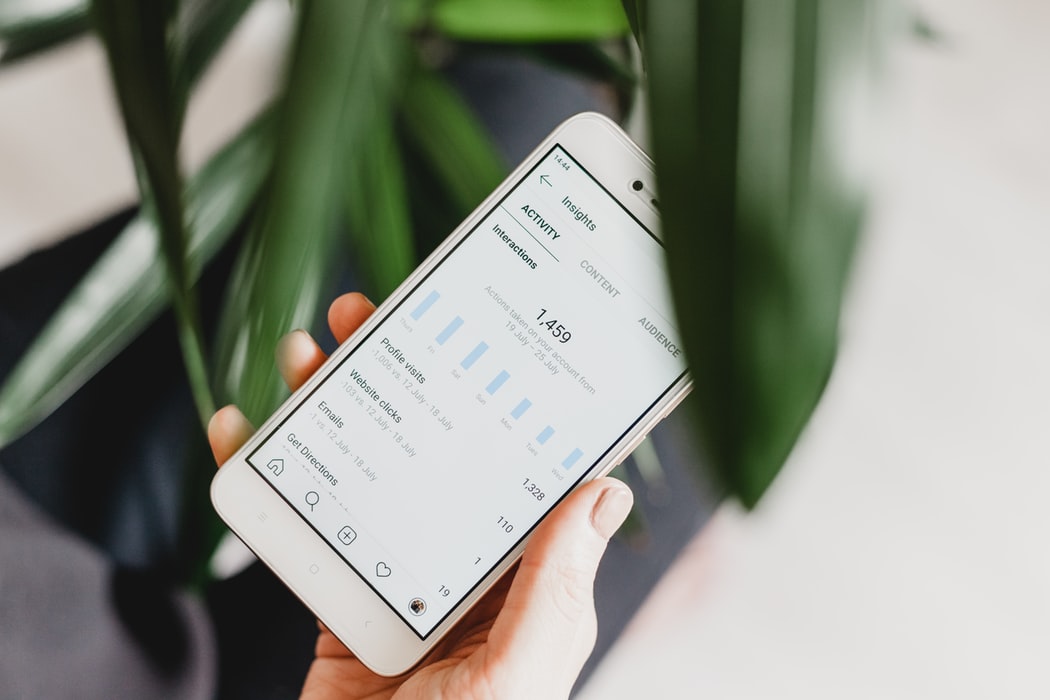Whether you’re an established small business or you’re fresh off the starting blocks, in today’s world it all starts with a website. From there, it’s about getting the word out – and what better way than social media? It may seem like a simple case of creating a few profiles and watching the likes roll in, but the reality can be quite different. So, if you’re asking yourself how to launch your new website on social media, this quick guide is for you!
Step 1: Create your brand identity
One of the most common mistakes new businesses make when launching a social media presence is failing to stand out. With so many companies now utilising social media as a core marketing channel, it’s more important than ever to develop a true brand identity. Throwing a logo together in Microsoft Word simply won’t cut it, so be sure to take some time to build a brand that is visually consistent, engaging, and instantly recognisable – then update your profiles so they all reflect it. Be creative and choose a strategy that really represents your business and its values.
Step 2: Build a social media launch plan
Once you’re happy with the overall look of your profiles, it’s time to consider the ‘meat’ of your social media strategy – the content. Put simply, you can’t expect to set a page live and then see the follower numbers immediately skyrocket – it doesn’t always work that way. So, in order to support your launch, you’ll need to prepare the content you’ll be posting in the first weeks, or even months, of your new social profiles. This content could be blog posts on your new website (a great way to build traffic), videos, images (even fun things like memes), infographics, and so on.
Step 3: Incentivising new followers (the right way)
Okay, so let’s assume you’re up and running and you’re following a content calendar to drive visitors from your social channels to your website. What’s next? Well, you want those numbers to go up, of course! As we explained, the “build it and they will come” approach doesn’t work in today’s world. The key to building a social following for your website is incentivisation, at least at the beginning. These incentives can be anything you like, but one great option is to hold giveaways for small things (like gift vouchers) which won’t cost much but will drive engagement. Just don’t forget to ask people to like and follow to enter!
We hope this quick guide will help you hit the ground running when it comes to launching your website on social media. Of course, if you’re still in the early stages of launching your business and you haven’t yet built a website, there’s no better place to start than with our 14-day free trial of Go Sitebuilder.









